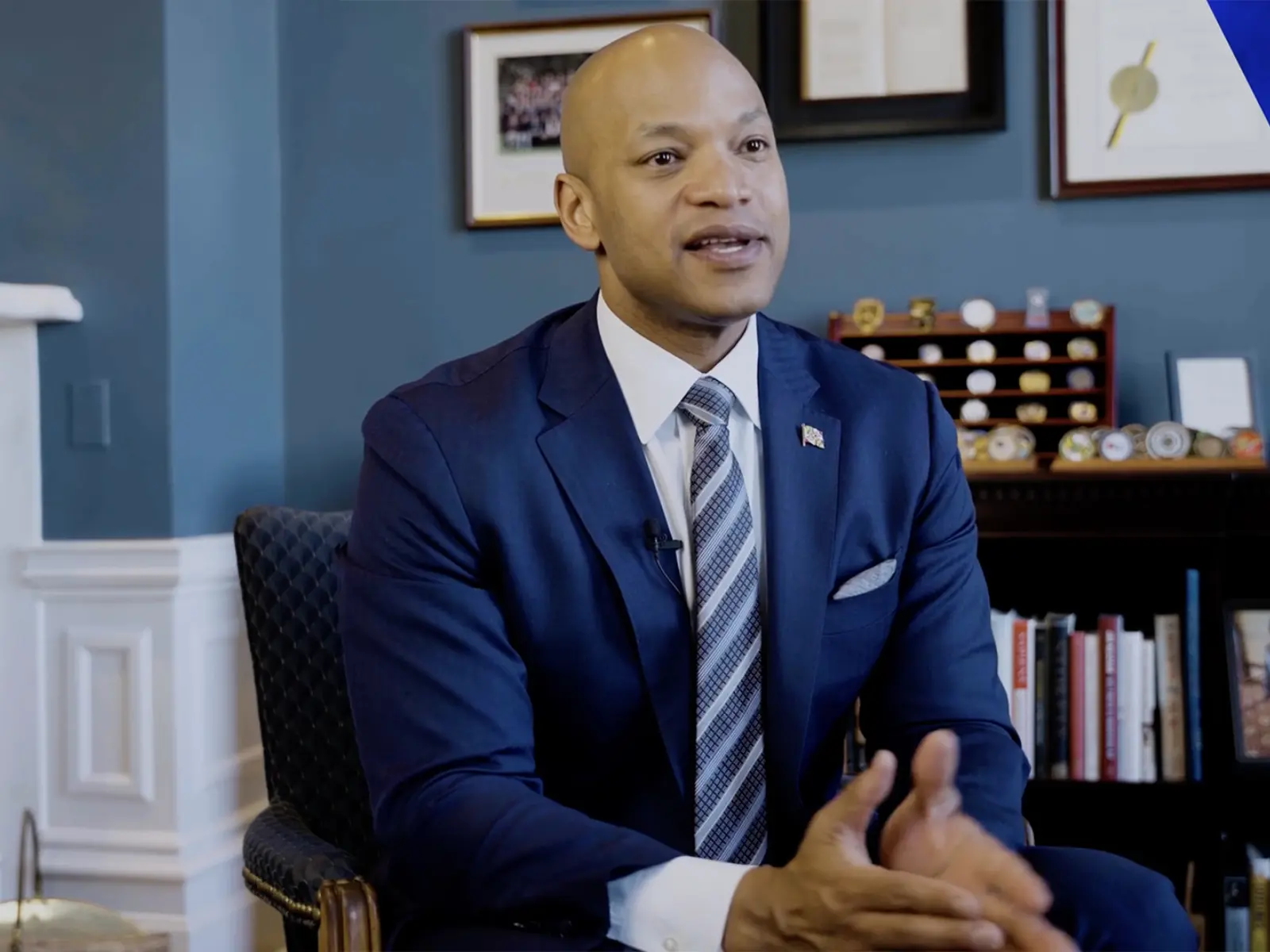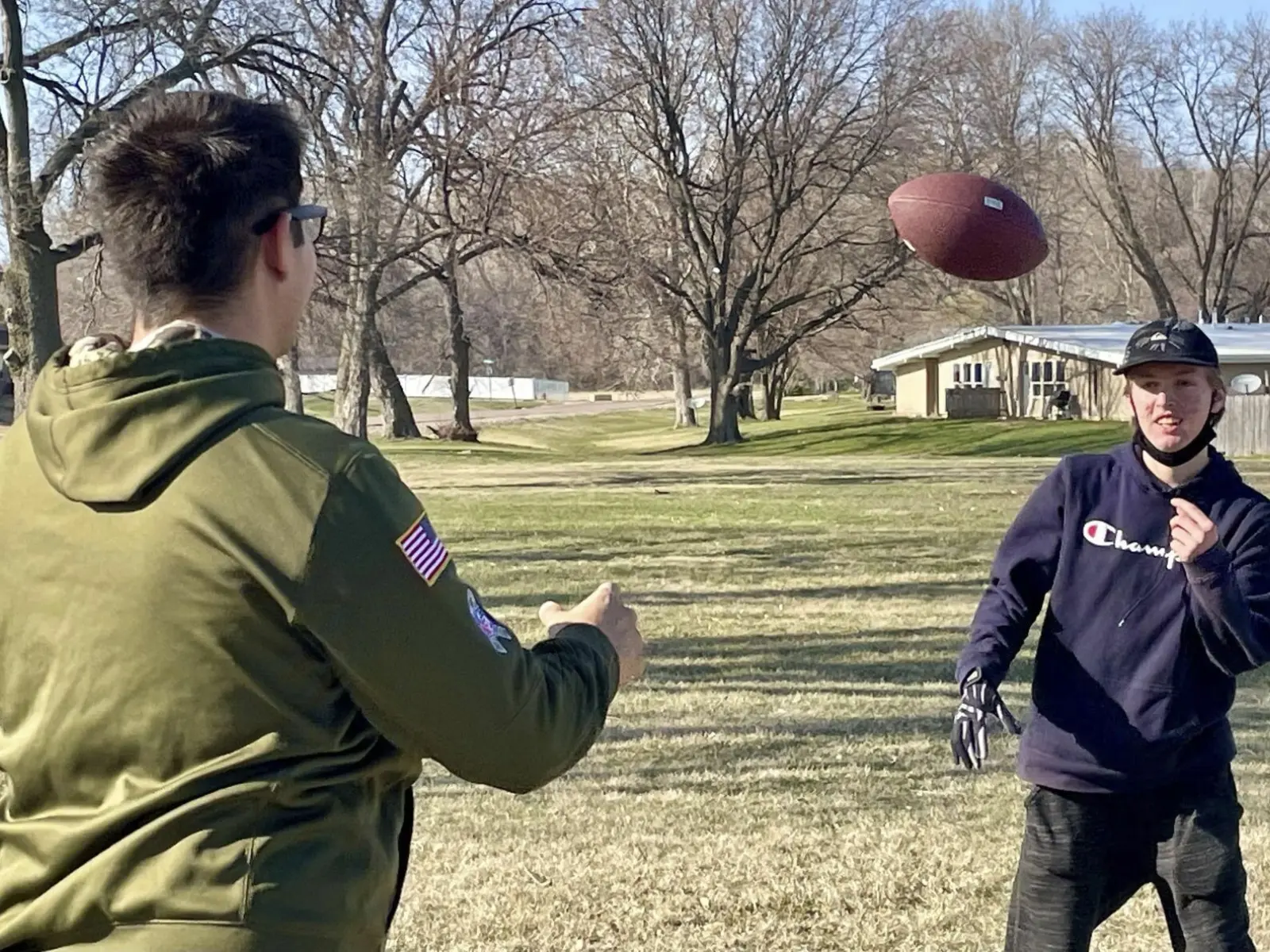Grantee: University of Chicago. The study’s final report is linked here.
Description of the Intervention: This RCT evaluated the use of smart water meters in Fresno — California’s fifth largest city — for the automated enforcement of outdoor residential water use restrictions. Such meters have been installed at all single-family households in Fresno since 2013 to measure water consumption. In this study, the meters were also used for enforcement of water use restrictions during a three-month pilot period (July to September, 2018). The meters enabled near-perfect detection of household violations for excessive outdoor water use. The first violation prompted a warning; subsequent violations resulted in a fine.
Study Design: The study randomly assigned 89,581 single-family households in Fresno to a treatment group that experienced automated enforcement during the three-month pilot, versus a control group that experienced enforcement-as-usual (patrols by city employees looking for signs of violations).f1
Impact on the Primary Outcome: The study found that the intervention produced a statistically significant reduction in outdoor water usage of 2.9%, or 17 gallons per household per day, during the three-month pilot period. To place this finding in perspective, if the intervention were scaled citywide, the water savings during the three months would achieve 20% of the annual reductions in residential water use that Gov. Gavin Newsom requested of California residents on July 8, 2021, in the face of another drought.
The study also found, in its analysis of secondary outcomes, that the intervention increased the average fine per month from $0.03 among control households to $2.35 among treatment households (p<0.01), and increased the percent of customers calling utility customer service at least once a month (almost all with complaints) from 0.2% among control households to 1.0% among treatment households (p<0.01).f2
Study Quality: Based on careful review, we believe this is a well-conducted RCT that produced valid findings.f3 The study’s main limitation is its short duration, which precludes strong conclusions about automated enforcement’s longer-term effect on water usage behavior and other outcomes.













